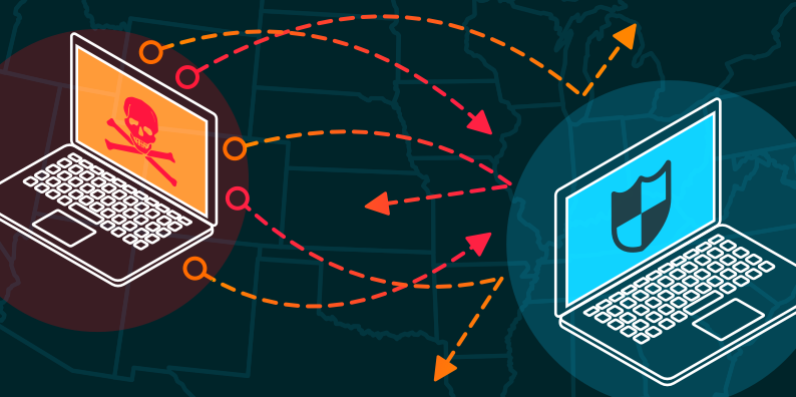Websites have become integral components of businesses, serving as storefronts, communication hubs, and transaction platforms. Unfortunately, with this increased reliance on online presence comes the heightened risk of cyber threats, and one of the most prevalent and disruptive among them is Distributed Denial of Service (DDoS) attacks. Here, we’ll have a look at the ins and outs of DDoS attacks and provide a comprehensive guide on how to protect your website from these potentially devastating assaults.
Read more about Tech
DDoS Attacks: A Brief Explanation
A DDoS attack occurs when a malicious actor floods a website or online service with traffic, overwhelming its infrastructure and causing it to become unavailable to legitimate users. These attacks can manifest in various forms, including volumetric attacks that flood the network with traffic, protocol attacks targeting vulnerabilities in network protocols, and application layer attacks that focus on the application and server resources. Besides forcing website downtimes, DDoS attacks can also cost businesses significant amounts of money (about $6,130 per minute, according to Radware) in terms of missed patronage and fixes.
Protective Measures You Can Take
DDoS attacks are, unfortunately, fairly common. In 2022, there were about 13 million incidents of this nature across the world, according to Netscout, a network performance management company. These attacks will likely become even more common in the coming years. To protect your website from falling victim, you should take the following steps:
Implement a DDoS Mitigation Service
If you want to fortify your website against attacks, you should invest in a DDoS mitigation service. These services can detect and filter out malicious traffic while allowing legitimate users to access your site without disruption. Many web hosting providers offer DDoS protection as part of their services.
Use Scalable Hosting Infrastructure
A scalable hosting infrastructure lets your website handle sudden spikes in traffic without succumbing to a DDoS attack. You may want to use Content Delivery Networks (CDNs) to distribute the load across multiple servers so that the impact of an attack on single servers is minimized.
Sign up for the Connect Nigeria daily newsletter
Conduct Regular Security Audits
Carry out regular security audits of your website’s infrastructure to identify and address vulnerabilities before attackers exploit them. This should include examining server configurations, patching software regularly, and employing the latest security protocols.
Monitor Traffic to Detect Anomalies
Another step to take would be to implement real-time traffic monitoring and anomaly detection systems to identify unusual patterns that may indicate a DDoS attack. These systems can automatically trigger protective measures or alert administrators to investigate further.
Have an Incident Response Plan
Next, develop a comprehensive incident response plan that outlines the steps to be taken in the event of a DDoS attack. This plan should cover communication strategies, coordination with DDoS mitigation services, and procedures for minimizing downtime.
Set Up Web Application Firewalls (WAF)
WAFs provide an additional layer of protection by filtering, monitoring, and selectively blocking traffic between a web application and the internet. They can help mitigate certain kinds of DDoS attacks and protect against other web application vulnerabilities.
Collaborate with Internet Service Providers (ISPs)
Dealing with DDoS at the network level may require that you engage your Internet Service Provider (ISP) and seek their help. Many ISPs offer DDoS protection services and can assist in diverting malicious traffic away from your infrastructure.
Register to attend the CN Business Mixer
Final Words
As the digital landscape continues to evolve, so do the threats that websites face. Protecting your digital presence from DDoS attacks requires a multi-faceted approach, combining a host of proactive measures, as we’ve discussed here. In the ever-changing world of cybersecurity, vigilance and preparedness are your strongest allies, so don’t neglect these stances.
Got a suggestion? Contact us: [email protected]


